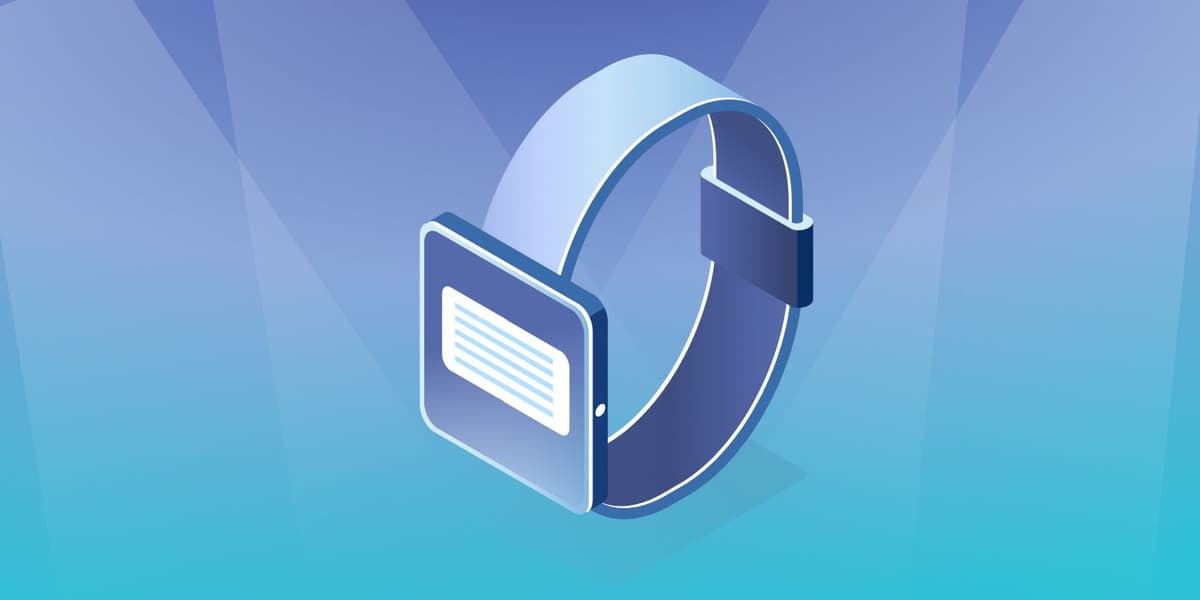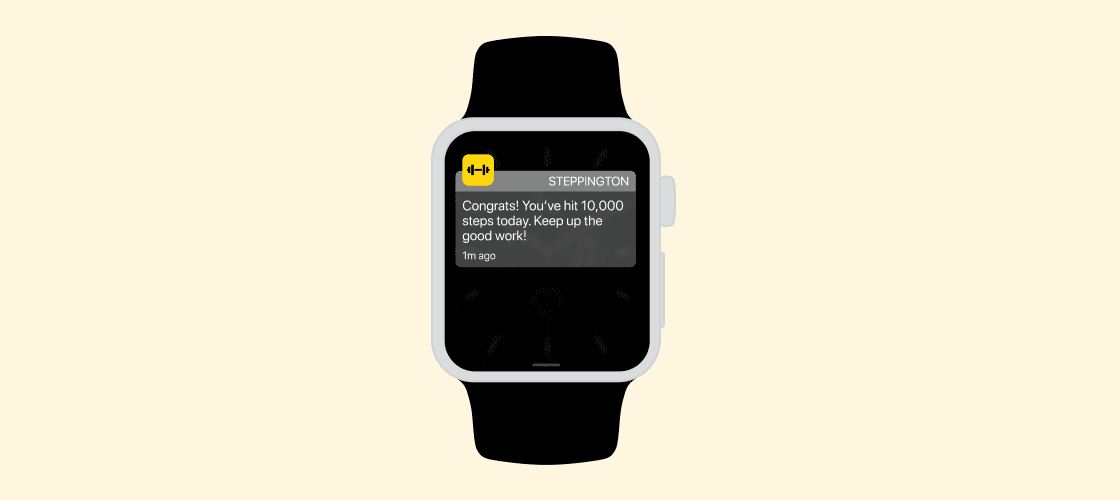What Are Wearables Push Notifications?
Published on February 01, 2021/Last edited on February 01, 2021/5 min read

Christine Kent
As the digital customer engagement landscape matures, we’re seeing a growing number of messaging channels emerge—from Content Cards and to connected TV notifications. But while this richer messaging landscape is a major opportunity for today’s brands, it’s just as important not to lose sight of existing channels and their growing ability to reach consumers.
Consider push notifications. These urgent, eye-catching messages aren’t just for phones anymore—in fact, we’re now at the point where if marketers focus exclusively on using push to reach mobile app users, they’re leaving key engagement options on the table. Modern push notifications grew out of mobile apps, but over the past five years, we’ve seen push become a powerful way to reach people both on the desktop and mobile web (via web push) and even on smartwatches and other wearable devices (via wearables push).
As consumers adopt wearables like smartwatches and fitness trackers, marketers should consider adding wearables push notifications to their campaign toolboxes.
What Are Wearables Push Notifications?

Think of these messages as an extension of the mobile push notifications that appear on your users’ phones. When a recipient gets a mobile push and has their phone connected to a smartwatch or other wearable device capable of receiving push notifications, the message is also displayed as a wearables push notification, allowing users to see and potentially take action even more quickly. That makes them a powerful tool for brands in the health and fitness space (and beyond) to communicate urgent information right to a wearable device.
When Does It Make Sense to Leverage Wearables Notifications?
Wearables are the perfect medium for push notifications—in theory. Push notifications are perfect for time-sensitive information, so it makes sense to send them to a device that’s always with the user, where they’re likely to be seen immediately. But the happy marriage of push and wearables gets complicated when you consider the differences between phones and wearables. As a medium for brand communications, wearables are vastly different from mobile phones.
All of the usual marketing basics apply with wearables campaigns: Employing a user-centric approach, offering value, and using data for decision making. But if your audience base includes a significant number of individuals who may receive your notifications on wearable devices, here are some key points to keep in mind.
1. Respect the User
Wearables are part of your customers’ personal space, where push notifications are by definition more intrusive. While phone users have the option to choose when to consume messages and other content, with wearables a notification takes up space on their wrists (or arms or fingers) immediately. So while your notification has the power to grab users' attention right away, it also has the potential to distract or annoy.
Because of this power, timing and frequency of messaging becomes key. Be careful with vibrating or other sonic alerts. This feature, so useful for phones, could quickly lead to opt-outs and even app removal with wearables. To guide your decision, consult benchmarks for the wearable devices you’re targeting, and consider running small tests to gauge reaction.
2. Acknowledge Limitations
Think every mobile push notification will work well on wearable devices? Think again. The wearables channel has some obvious physical and functional limitations compared to a phone. First, there’s the small screen size, which requires messages that are even shorter and more to the point. However, it’s not just screen size that suggests shorter messages. Consider the context in which they’re received: Users take a quick glance at their wrist or arms during other activities. Second, since there’s no keyboard, calls to action may need to be in the form of a yes/no question, or take the user to a web page or app for further steps.
In cases where you have data on which users are leveraging the wearables version of your app, consider creating a dedicated audience segment of wearables users who can be targeted with messages variants designed to display effectively on smaller displays. This can help ensure that these users aren’t receiving an ill-fitting messaging experience while allowing your full messages to go out to the rest of your audience.
3. Lean on Cross-Channel Campaigns
In 2021, there’s not much more important than ensuring your customer journey is built with a cross-channel strategy in mind. With wearables push, it’s now possible to drive engagement on this key digital platform, making it an exciting new extension of push notifications, especially for health and fitness brands. However, the reality is that not every message to wearables users can or should be delivered via wearables push. By using it as part of a cross-channel approach together with email, SMS, web push, in-app messages, and/or other channels, marketers can reach their users in the channels they prefer and provide a richer, more cohesive brand experience.
Final Thoughts
Wearables push notifications are an exciting evolution of a core mobile channel, but they’re not the end of the story when it comes to push. For more information on push notifications and how they can support exceptional customer experiences, check out the Braze guide, “Push Notifications: What They Are, How They Work, and Why They Matter.”
Related Tags
Be Absolutely Engaging.™
Sign up for regular updates from Braze.


